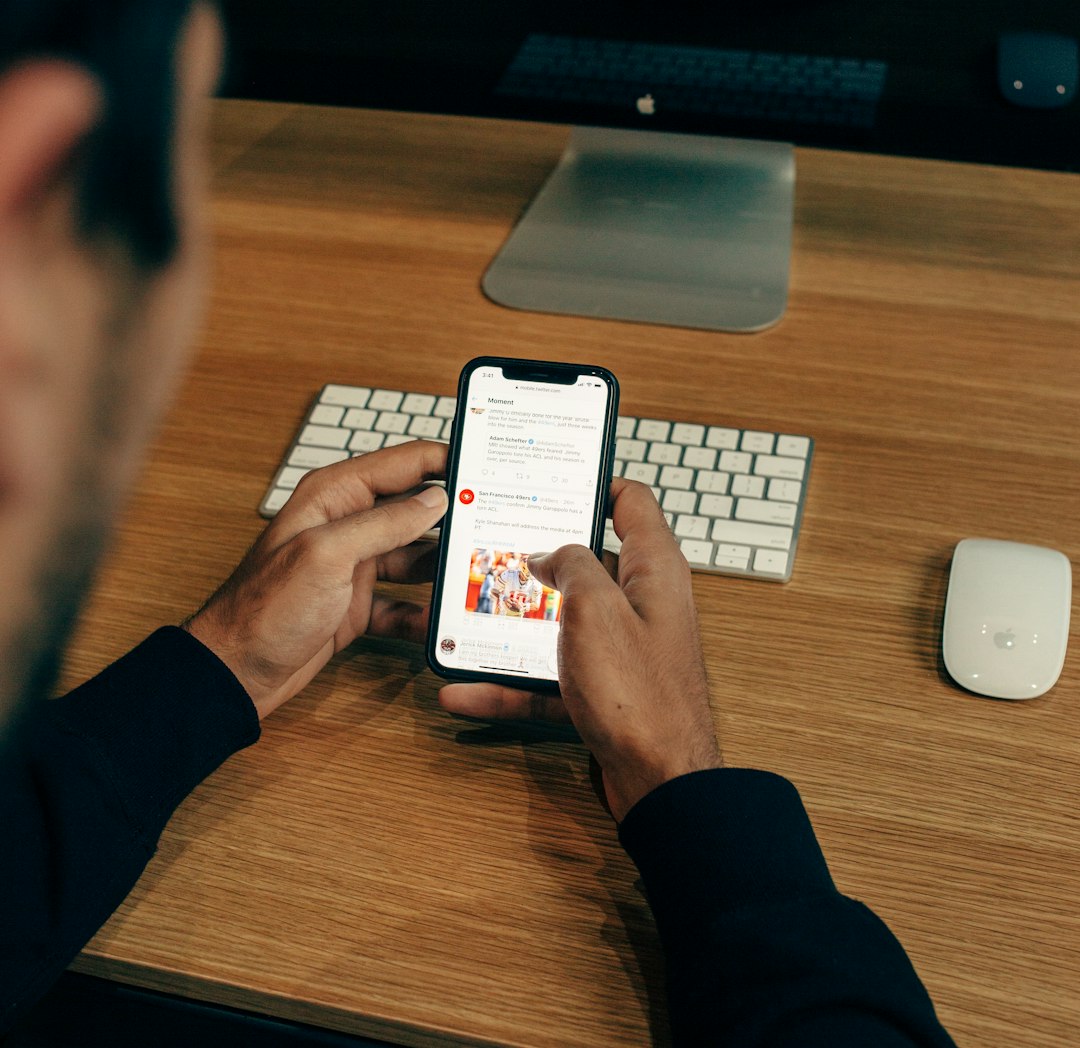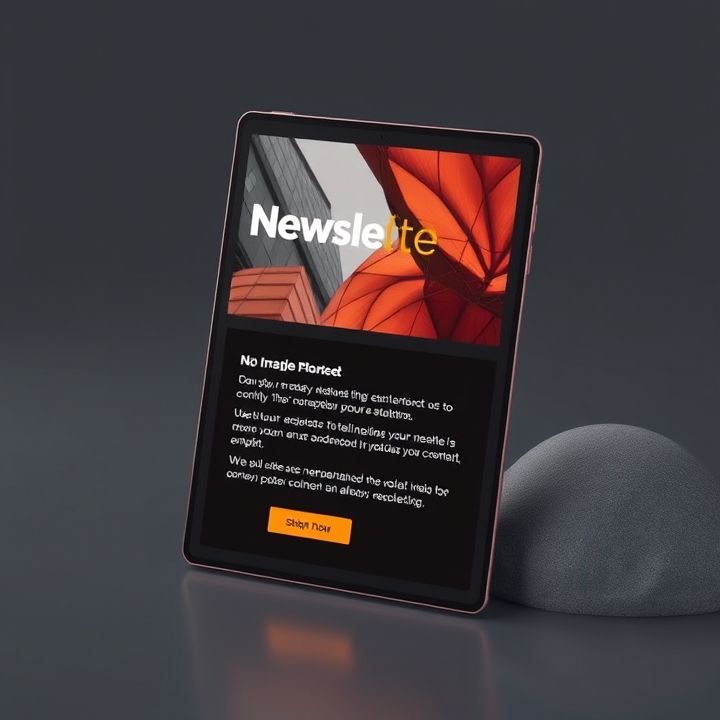Table of Contents
- Introduction
- Designing Visually Appealing Buttons
- Choosing the Right Color for Your CTA
- Crafting Compelling Text for the Button
- Optimizing Button Size and Placement
- A/B Testing Different Variations
- Using Action-Oriented Language
- Ensuring Mobile Responsiveness
- Incorporating Persuasive Microcopy
- Conclusion
- Frequently Asked Questions
Introduction
Are you tired of watching your meticulously crafted emails sail into the digital void, with hardly a click to show for it? If so, you’re not alone. Many marketers struggle with low click-through rates (CTR), despite their best efforts. But what if I told you there’s a secret weapon right at your fingertips? That’s right—your Call-to-Action (CTA) buttons! In this article, we’ll unlock the proven techniques to transform those humble buttons into click-earning machines.
Imagine boosting your email CTR by simply tweaking a few design and copy elements. It sounds almost too good to be true, but it’s entirely achievable. Below, we’ll explore the core elements that make a CTA button irresistible and provide actionable tips you can implement right away.
| Core Element | Tip |
| Color | Choose contrasting colors to make the button stand out |
| Text | Use action-oriented language that encourages clicks |
Still not convinced? Just look at the image below to see the impact a well-designed email can have:
Ready to dive in? Let’s unravel the secrets of skyrocketing your email click-through rates with these CTA button techniques!
Designing Visually Appealing Buttons
Designing visually appealing call-to-action (CTA) buttons is crucial for capturing the attention of your email recipients and encouraging them to click through. Firstly, prioritize the button’s color; it should contrast sharply with the email’s background to stand out. For example, a bright, bold color like red or orange can be highly effective. Secondly, focus on the size and shape of your button. It should be large enough to be easily clickable on both desktop and mobile devices but not so large that it overwhelms the email’s content. Shapes with rounded edges often appear more inviting. Next, consider the button’s text. Use concise, action-oriented words like ‘Download Now’ or ‘Get Started’ to create a sense of urgency and clearly convey the button’s purpose. Additionally, incorporating whitespace around the button can help it stand out by reducing visual clutter. Finally, using subtle design elements like shadows or gradients can add depth and make the button appear more clickable. By combining these design techniques, you can create visually appealing CTA buttons that improve your email’s click-through rates.
Choosing the Right Color for Your CTA
Choosing the right color for your call-to-action (CTA) button is crucial for optimizing email click-through rates. The color you select should grab attention while aligning with your brand’s overall design. One effective technique is to use contrasting colors. A CTA button in a color that stands out against the background and other elements of the email will naturally draw the reader’s eye. For instance, if your email has a predominantly blue theme, a bright orange or red button can be very effective.
Another important consideration is the psychology of color. Different colors evoke different emotions and actions. Blue often represents trust and reliability, while red signifies urgency and excitement. Green can signify growth or safety, making it a good choice for actions like ‘Buy Now’ or ‘Get Started.’
It’s also beneficial to test different colors. A/B testing allows you to compare the performance of different color choices to see which generates higher click-through rates. Using tools that provide analytics on user interaction can give you valuable insights. Remember, what works well for one campaign may not work for another, so continual testing and iteration are key to long-term success.
Crafting Compelling Text for the Button
Crafting compelling text for your email call-to-action (CTA) buttons is crucial for boosting click-through rates. The text should be clear, concise, and actionable. It’s essential to use strong verbs that inspire immediate action, such as ‘Get Started,’ ‘Download Now,’ or ‘Claim Your Offer.’ This can create a sense of urgency and motivate the reader to click. Additionally, the CTA text should align with the overall message of the email and provide a clear expectation of what will happen once the button is clicked.
Personalizing the CTA text can also make a significant difference. By tailoring the message to the recipient, such as using their name or referencing a past purchase, you can create a more engaging and relevant experience. Furthermore, the language should be friendly and approachable, avoiding jargon or complex terms that might confuse readers. Testing different variations of CTA text can help you determine what resonates most with your audience. A/B testing, in particular, allows you to compare different versions and choose the one that yields the highest click-through rates.
Optimizing Button Size and Placement
Optimizing button size and placement is crucial for maximizing the click-through rates (CTR) of your email call-to-action (CTA) buttons. The size of the button should be large enough to attract attention but not so large that it overwhelms the email’s content. A good starting point is to use a button size that is easily clickable on both desktop and mobile devices. Aim for a width of at least 44px, as recommended for mobile usability.
Equally important is the placement of the CTA button. Ideally, the button should be placed above the fold, ensuring that the reader can see it without having to scroll down. However, it shouldn’t just float there; it should be contextually relevant to the content that precedes it.
Additionally, consider using whitespace strategically to make the button stand out. Effective use of whitespace around the CTA button can draw the reader’s eye and encourage clicks. Combining these elements—appropriate size, strategic placement, and careful use of whitespace—can significantly enhance the effectiveness of your email CTAs, leading to higher engagement rates and better overall performance of your email marketing campaigns.
A/B Testing Different Variations
A/B testing, also known as split testing, is a powerful technique used to optimize email call-to-action (CTA) buttons for higher click-through rates. By creating two or more variations of a CTA button and sending them to different segments of your audience, you can measure which version performs better. Variations can include changes in color, text, size, and placement. For example, you might test a red button with the text ‘Buy Now’ against a green button with the text ‘Shop Now’.
Once you’ve run the test, analyze the results to see which variation had a higher click-through rate. This data-driven approach allows you to make informed decisions about which elements are most effective in encouraging your audience to take action. Continuously iterating and testing different variations can lead to incremental improvements that significantly boost overall performance.
It’s crucial to test only one variable at a time to ensure that any changes in performance are due to that specific element. By systematically testing and refining your CTA buttons, you can achieve greater engagement and higher conversion rates over time.
Using Action-Oriented Language
Using action-oriented language in your email call-to-action (CTA) buttons is a powerful technique to drive higher click-through rates. Action-oriented language involves using strong, commanding verbs that encourage the reader to take immediate action. Instead of generic phrases like ‘Click Here’ or ‘Submit,’ opt for more specific and compelling instructions such as ‘Get Your Free Trial,’ ‘Download Now,’ or ‘Start Shopping.’ These phrases create a sense of urgency and clarity, making it easier for the reader to understand exactly what they are supposed to do next.
Additionally, it’s important to align the CTA language with the overall message of your email. Tailor the CTA to match the content, whether it’s about accessing an exclusive offer, learning more information, or making a purchase. This congruence enhances the user’s experience and maximizes engagement.
Lastly, consider testing different variations of action-oriented language in your CTAs. A/B testing can help you determine which wordings resonate most with your audience and drive the highest engagement. By focusing on action-oriented language, you create compelling directions that can significantly boost your click-through rates and overall email performance.
Ensuring Mobile Responsiveness
Ensuring mobile responsiveness is crucial when optimizing email call-to-action (CTA) buttons for higher click-through rates. With an increasing number of users accessing their emails on mobile devices, it’s essential to design CTAs that are easily clickable on smaller screens. Firstly, ensure that the CTA button is large enough to tap with a finger, typically with a size of at least 44×44 pixels. This minimizes user frustration and increases the likelihood of clicks. Secondly, place the CTA button prominently within the email content, ideally above the fold, to capture immediate attention. Thirdly, use contrasting colors to make the button stand out against the email’s background. This visual distinction draws the reader’s eye and invites interaction. Additionally, maintain sufficient padding around the button to prevent accidental clicks on other elements. Finally, use concise and action-oriented text on the CTA button, ensuring it fits well within the mobile layout. Testing the email across different devices and email clients is also vital to ensure optimal rendering and functionality. By focusing on these aspects of mobile responsiveness, you can significantly enhance the effectiveness of your email CTAs, leading to higher engagement and click-through rates.
Incorporating Persuasive Microcopy
Incorporating persuasive microcopy in your email call-to-action (CTA) buttons is a powerful technique to enhance click-through rates. Microcopy refers to the small snippets of text that guide and persuade users to take a specific action. Instead of relying solely on generic phrases like ‘Click here’ or ‘Submit,’ you can use more engaging and action-oriented language. For instance, phrases like ‘Get your free guide now’ or ‘Claim your discount today’ provide clear value and urgency, making the CTA more compelling.
Another effective strategy is to make the microcopy personalized. Including words like ‘you’ or ‘your’ can make the reader feel directly addressed and more likely to engage. Additionally, it’s crucial to maintain consistency in tone with the rest of your email. This helps in creating a seamless and trustworthy experience for your audience.
To further optimize, consider using A/B testing to find the most effective phrasing for your audience. By analyzing which versions of microcopy perform better, you can continuously refine your approach and improve your click-through rates over time.
Conclusion
In conclusion, mastering the art of creating effective call-to-action (CTA) buttons is crucial for significantly increasing your email click-through rates. By focusing on visually appealing designs, choosing the right colors, and crafting compelling text, you can capture your audience’s attention and drive them to take action. Optimizing the size and placement of your buttons, as well as ensuring mobile responsiveness, further enhances their effectiveness. Incorporating persuasive microcopy and continuously conducting A/B testing will allow you to refine your approach and achieve better results over time. By applying these proven techniques, you can transform your email marketing campaigns and boost engagement, leading to higher conversion rates and ultimate success.

